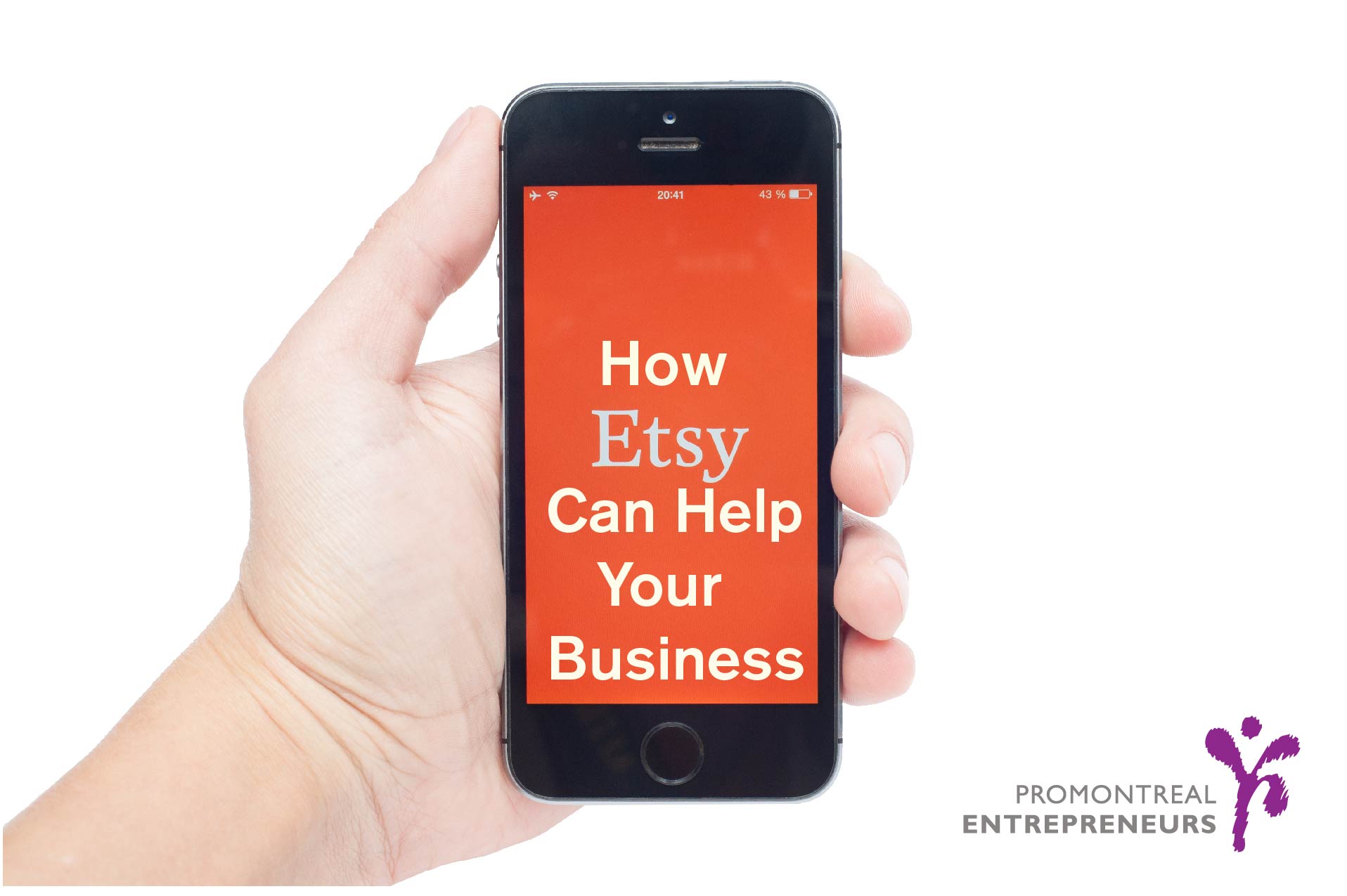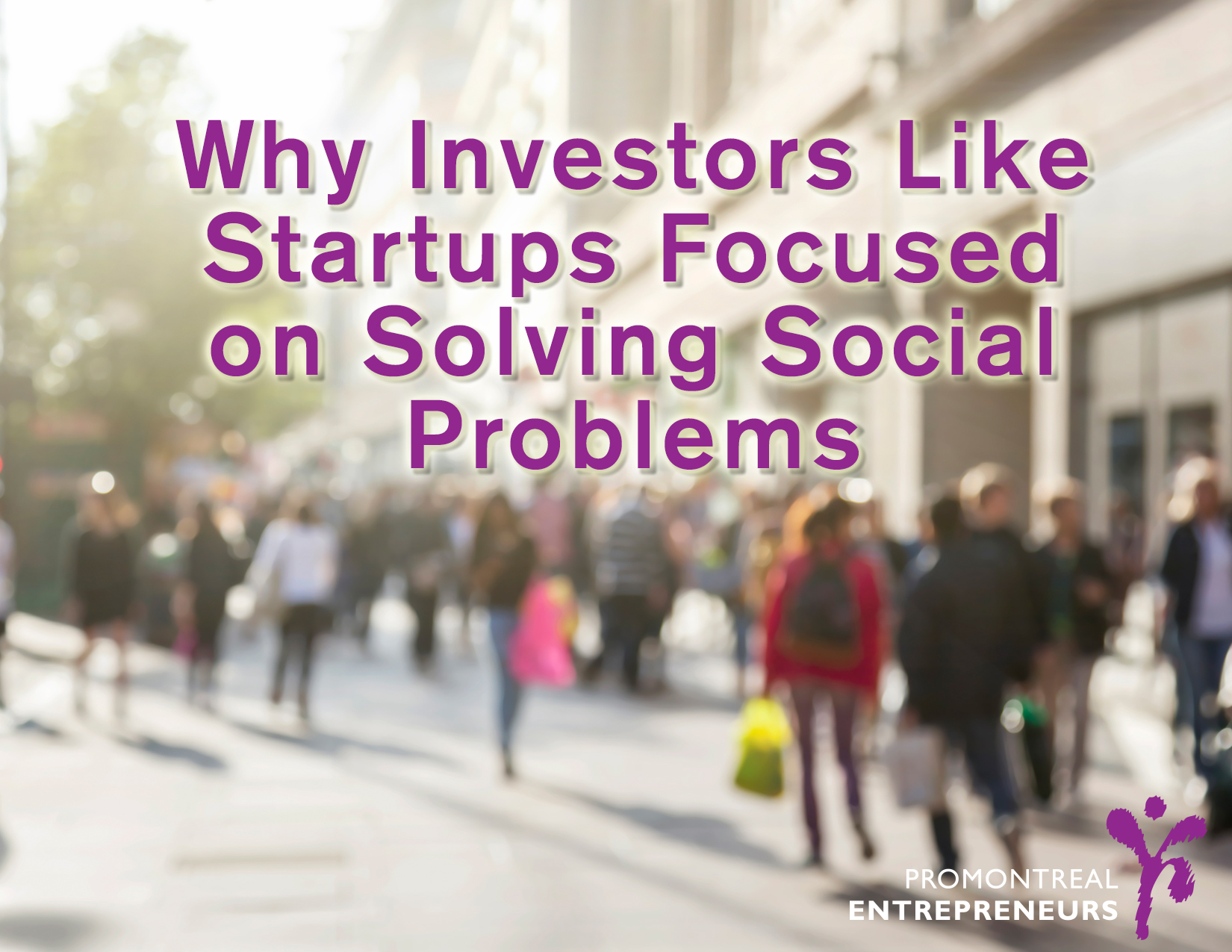
Artificial Intelligence is no longer optional. Whether you’re running a business or managing a fast-growing startup, integrating AI in your business can unlock serious advantages; from saving time and reducing costs to improving customer experience and making smarter decisions.
But here’s the truth: many companies rush into AI without a plan. The result? Wasted money, confusion, and tools that don’t actually solve problems.
This guide breaks down how to integrate AI into your business step-by-step, with a focus on real results, ethical practices, and long-term growth.
Step 1: Understand What AI Can Actually Do for You
Before diving in, it’s essential to get clear on what AI really means for your business. Artificial intelligence refers to intelligent systems designed to analyze data, automate routine processes, personalize user experiences, and generate content — all with speed and precision.
There are a few common types of AI used in business:
- Predictive AI helps forecast demand, sales, or customer churn.
- Generative AI can create marketing copy, emails, and product descriptions in seconds.
- Automation tools powered by AI can sort customer service tickets, route emails, or scan resumes.
Step 2: Identify the Right Areas to Start
One of the biggest mistakes businesses make is trying to AI everything at once. Instead, focus on a few areas where AI can have a real, immediate impact.
Ask yourself:
- Where am I spending the most time on repetitive tasks?
- What parts of my business generate a lot of data but no insights?
- Where do small mistakes cost me the most?
For many buisnesses, these are best places to start:
- Customer service (chatbots or AI-assisted ticketing)
- Marketing (automated content, segmentation, email optimization)
- Inventory and demand forecasting
- Admin tasks like scheduling, document management, or bookkeeping
Step 3: Make Sure Your Data Is Ready
Here’s the hard truth: AI is only as good as the data you give it. If your business doesn’t have clean, structured, and accurate data, the AI won’t perform well — no matter how powerful it is.
Before launching any AI project, take time to:
- Clean and organize your data (think customer info, sales history, inventory, etc.)
- Ensure data is stored securely and in compliance with privacy laws
- Put basic data protection policies in place
If you’re based in Quebec, be aware of Law 25, which sets strict rules around how businesses collect and store personal data. Ignoring these rules can cost you a lot financially and legally.
Step 4: Start Small and Measure Everything
One of the best ways to begin integrating AI into your business is with a low-risk pilot project. Don’t try to overhaul your entire operations. Instead, choose one task or process you can improve with AI in the next 30–90 days.
For example:
- Automate customer follow-up emails after purchases
- Create workflows that sort or respond to form submissions
- Add a basic chatbot using Tidio or Intercom
Track clear key performance indicators (like time saved, customer satisfaction, or increase in conversions). If you can prove success on a small scale, you’ll have the data and confidence to scale up.
Step 5: Choose the Right Tools (or Build Your Own)
For most small to medium-sized organizations, ready-made AI software is the most efficient and affordable choice. These tools offer proven functionality with minimal setup.
- Prebuilt AI tools are fast to deploy, user-friendly, and cost-effective — ideal for small teams or companies new to AI.
- Custom AI solutions offer maximum control and can be tailored to unique data or workflows but require technical expertise and greater investment.
- Hybrid approaches are also common — starting with off-the-shelf tools while gradually layering in custom components as needs evolve.
Step 6: Train Your Team and Manage the Change
AI doesn’t replace people — it helps them do more with less. But your team needs to feel confident using these tools.
Make time to:
- Offer short workshops or training on using AI tools
- Create clear guides or “prompt templates” for customer service, writing, etc.
- Assign someone to own AI-related projects (they don’t need to be technical)
You’ll also want to communicate wins early. If AI saves a team 10 hours a week, celebrate it. When employees see the value, they’ll adopt the tools faster.
Step 7: Stay Compliant, Transparent, and Ethical
Using AI comes with responsibility. From biased data to hidden algorithms, the risks are real — but manageable.
Best practices include:
- Using diverse, unbiased training data
- Documenting how your AI tools make decisions
- Logging AI actions (especially in hiring, finance, or legal workflows)
- Reviewing and updating systems regularly to avoid derailing.
Final Thoughts: Start Small, Think Big
Integrating AI in your business doesn’t have to be intimidating or expensive. Start with one task, prove its value, and build from there. With the right tools, the right mindset, and support from Montreal’s ecosystem, you can turn AI from a buzzword into your business’s next competitive edge.










 Pour ceux d’entre vous qui ne sont pas familiarisés avec Etsy, il s’agit d’une communauté d’acheteurs et de vendeurs en ligne qui se concentrent surtout sur des produits faits à la main et des articles millésimés. Etsy permet aux vendeurs de personnaliser des boutiques en ligne avec des solutions complètes de commerce électronique. Cette plateforme a permis à plusieurs personnes de transformer un passe-temps en une entreprise à plein régime. Si vous êtes une petite entreprise ou une personne qui veut tout simplement métamorphoser un passe-temps en une source de revenus, voici quelques raisons pour lesquelles vous devriez avoir une boutique Etsy.
Pour ceux d’entre vous qui ne sont pas familiarisés avec Etsy, il s’agit d’une communauté d’acheteurs et de vendeurs en ligne qui se concentrent surtout sur des produits faits à la main et des articles millésimés. Etsy permet aux vendeurs de personnaliser des boutiques en ligne avec des solutions complètes de commerce électronique. Cette plateforme a permis à plusieurs personnes de transformer un passe-temps en une entreprise à plein régime. Si vous êtes une petite entreprise ou une personne qui veut tout simplement métamorphoser un passe-temps en une source de revenus, voici quelques raisons pour lesquelles vous devriez avoir une boutique Etsy. Si en tant que propriétaire de petite entreprise, vous envisagez de commencer un blogue, arrêtez de considérer la question et commencez à écrire. Plus d’excuses!
Si en tant que propriétaire de petite entreprise, vous envisagez de commencer un blogue, arrêtez de considérer la question et commencez à écrire. Plus d’excuses!